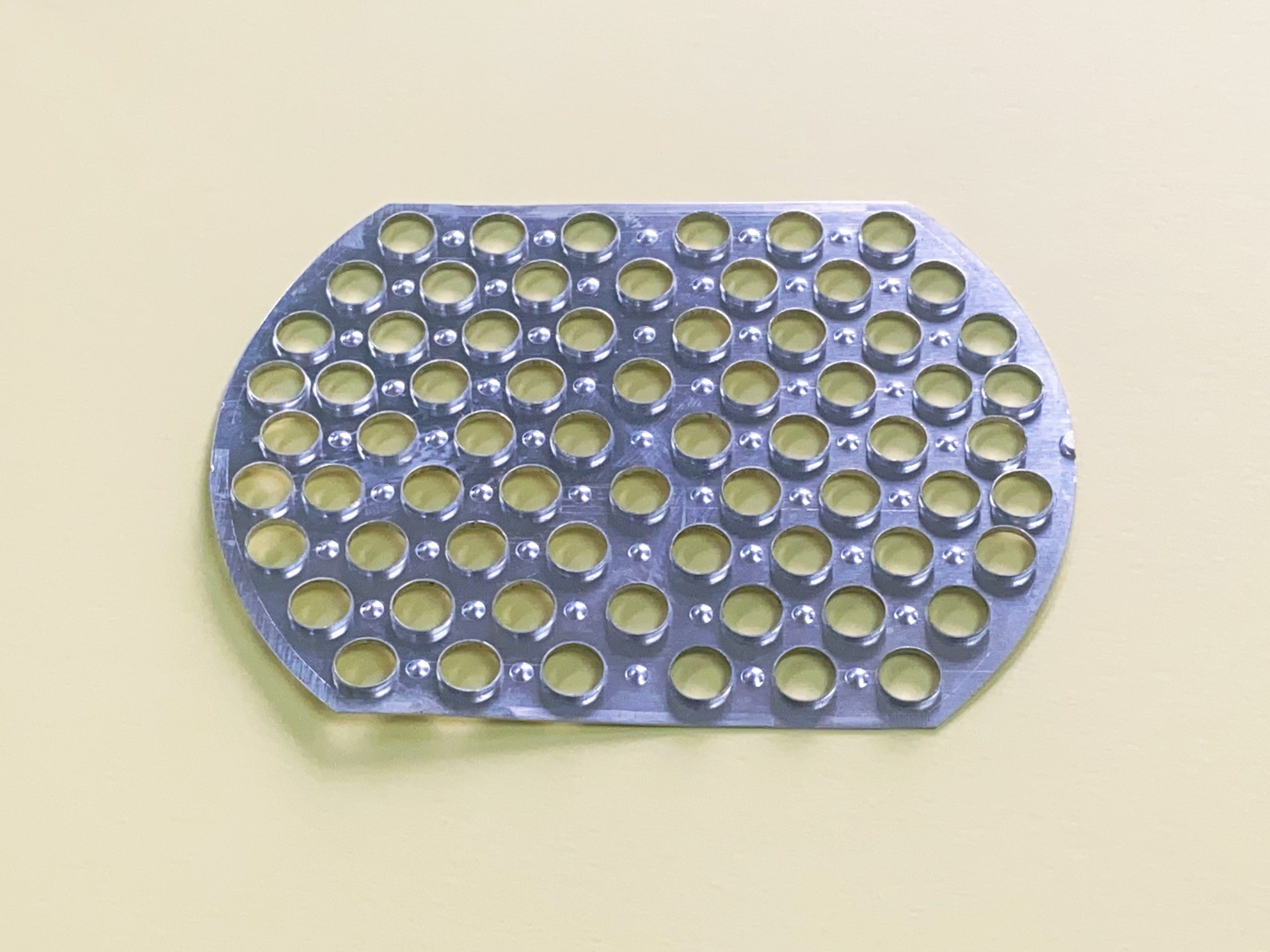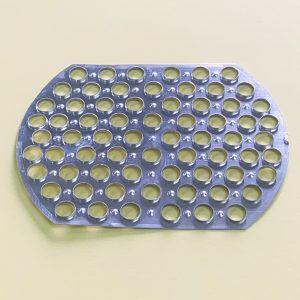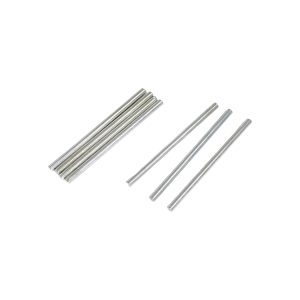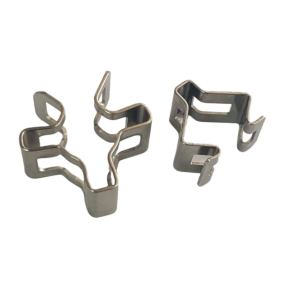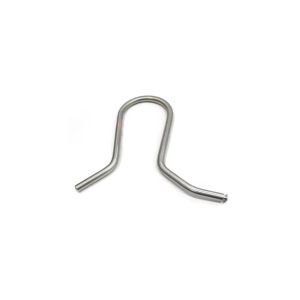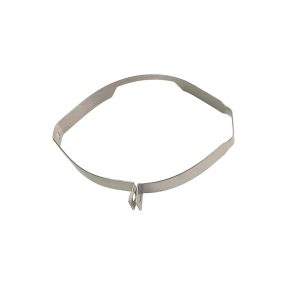Stamping Parts
Stamped parts are metal or non-metal components manufactured through stamping processes. Using dies and presses, sheet material is subjected to pressure to achieve separation or plastic deformation, obtaining the desired shape and dimensions. Below are the key points about stamped parts:
- Classification of Stamping Processes
- Shearing (Blanking/Punching): Such as blanking, punching, where material is cut along contours, commonly used for flat parts (e.g., washers).
- Forming Processes: Such as bending, drawing, flanging, which create 3D shapes through plastic deformation (e.g., car body panels, fuel tanks).
- Material Selection
- Common Materials: Low-carbon steel (e.g., SPCC), stainless steel (SUS304), aluminum alloy (e.g., 5052), copper alloys, etc.
- Requirements: Good plasticity, ductility, defect-free surface, and uniform thickness.
- Key Considerations in Die Design
- Die Types: Single-operation dies, compound dies, progressive dies.
- Critical Parameters: Punch-die clearance (typically 5%-10% of material thickness), fillet radius (to prevent cracking), draft angle.
- Die Material: Tool steel (e.g., Cr12, SKD11), often heat-treated for wear resistance.
- Common Defects & Solutions
- Burrs: Caused by improper clearance or worn edges → Adjust clearance or rework dies.
- Wrinkling/Cracking: Insufficient blank holder force or uneven material flow → Optimize blank holder pressure or add draw beads.
- Springback: Angle deviation after bending → Use overbending or reinforce local structures.
- Applications
- Automotive: Body panels, chassis parts, fuel tanks.
- Electronics: Heat sinks, connectors, shielding covers.
- Appliances: Washing machine drums, refrigerator doors.
- Consumer Goods: Cutlery, hardware fittings.
- Advantages & Limitations
- Advantages: High efficiency (hundreds of parts per minute), high consistency, low cost (ideal for mass production).
- Limitations: High die cost (uneconomical for small batches), complex shapes may require multiple processes.
- Design Considerations
- Simplify Geometry: Avoid sharp corners (recommended R ≥ 0.5t, where t is material thickness).
- Uniform Wall Thickness: Reduces stress concentration during forming.
- Hole Placement: Keep holes >1.5t from edges to prevent deformation.
- Industry Trends
- Smart Manufacturing: AI-optimized process parameters.
- Lightweighting: High-strength steels or Al/Mg alloys.
- Precision Improvement: Tolerances up to ±0.01mm (e.g., precision electronic components).
Material thickness from 0.1mm to 8.0mm


Stamping Parts Stamping Parts

